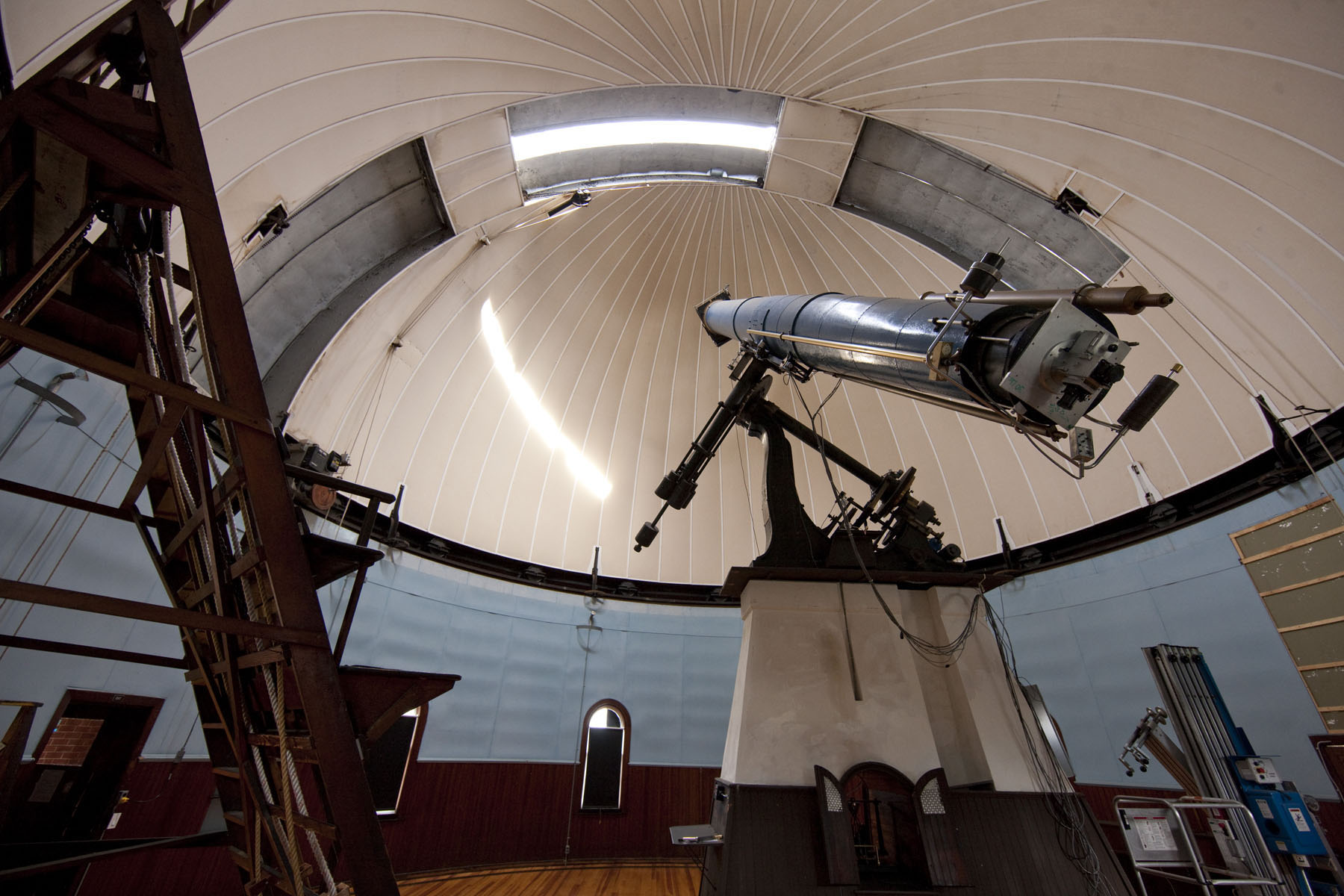Listen to the UVA Today Radio Show report on this story by Fariss Samarrai:
Media Contact
Article Information
April 13, 2010
/content/mccormick-observatory-today-marks-125th-anniversary

The telescope, with its 26-inch lens, was the largest in the United States at the time of its dedication.
April 13, 2010
/content/mccormick-observatory-today-marks-125th-anniversary